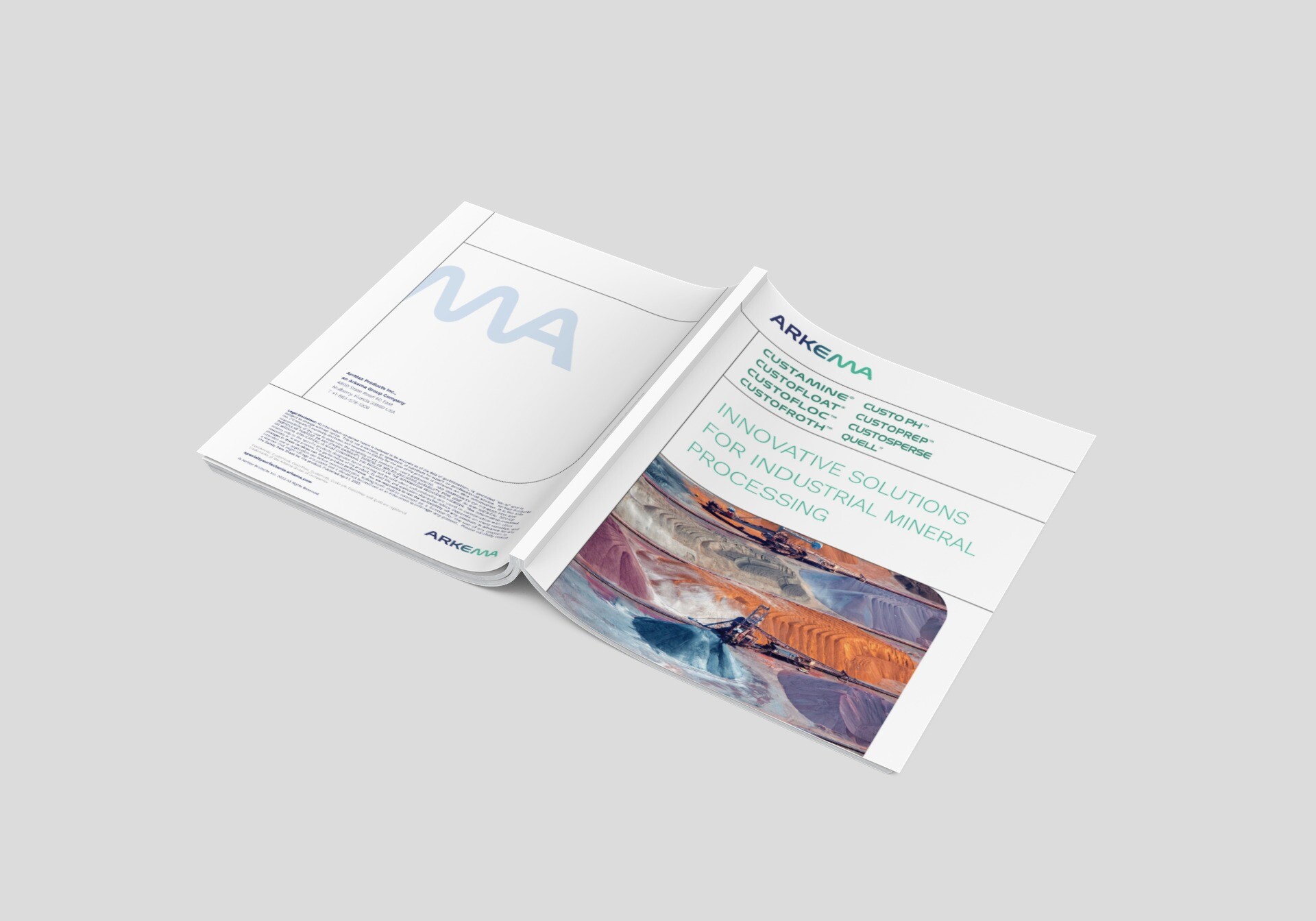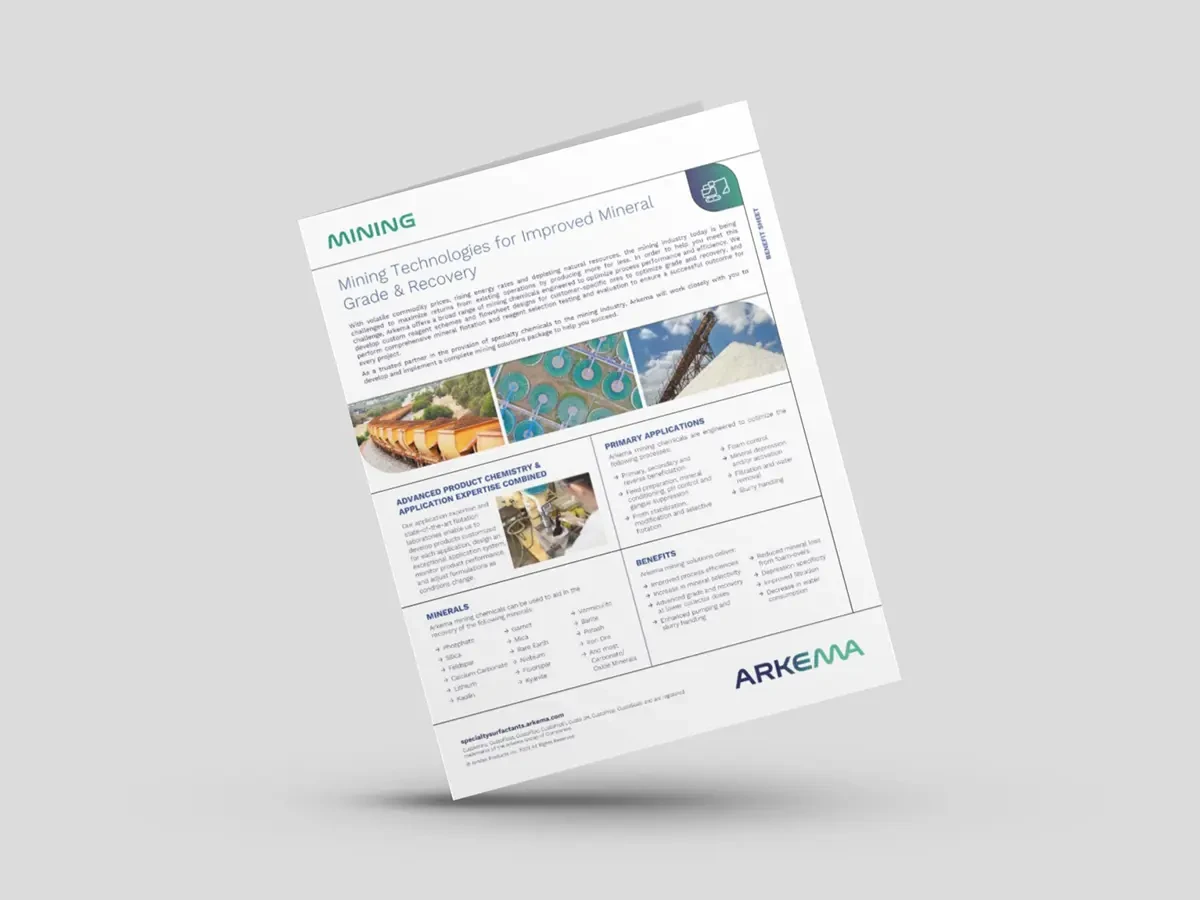Feldspar Mineral Processing
This places additional pressure on feldspar producers to optimize existing feldspar processing methods like flotation to efficiently produce higher grades of feldspar for the specialty glass, ceramics, and electronics markets.
When manufacturing high-grade, colorless glass, it is important to have very low levels of iron oxide in the feldspar. Avoiding the presence of iron in the batch composition of glass is preferred because iron, even in minimal quantities, can color glass and cause production problems. When manufacturing white wares, although higher percentages of iron content in feldspar may be permissible, the levels of iron allowed are still quite low.
Feldspar flotation is widely used to purify raw feldspar ores. Arkema has applied its expertise in industrial mineral flotation and feldspar processing to custom-develop flowsheet designs and flotation reagents based on customer-specific ores that efficiently recover higher-grade feldspar minerals for a variety of end-use applications. Our specialty anionic and cationic collectors facilitate simplified process conditions, reduced acid use, and, most importantly, improved process economies.
Arkema also produces a broad range of wet and dry process chemicals used in feldspar processing, including frothers, defoamers, and filtration (de-watering) aids. These chemicals are tailor-made for each application based on specific ore characteristics in compliance with all applicable industry regulatory requirements. Our technical experts provide ongoing process consultation, working closely with our customers to optimize process performance and maximize feldspar mineral grade and recovery.


